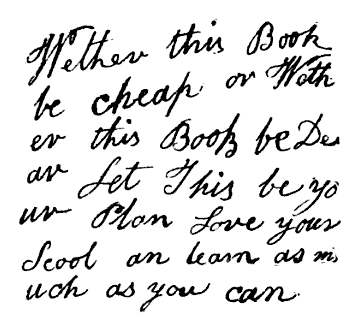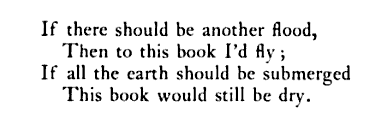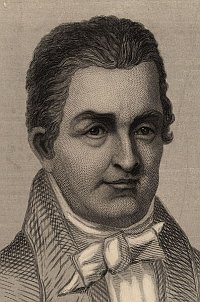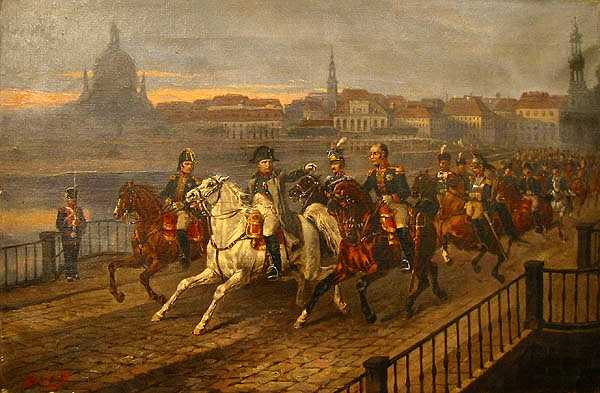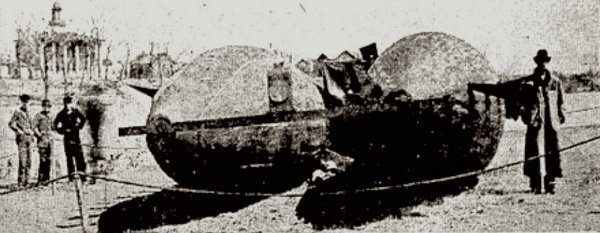In 1956, the Pennsylvania Supreme Court held that the city of Williamsport could legally tax a Williamsport bar owner’s jukebox. One justice, Michael Musmanno, thought the machine shouldn’t be taxed — but:
In the eyes and ears of many people, including the writer of this opinion, a juke box confined to ‘jazz’ records may be a nuisance. It robs the air of sweet silence, it substitutes for the gentle concord of stillness the wailings of the so-called ‘blues singer,’ the whinings of foggy saxophones, the screeching of untuned fiddles, the blasts of head-splitting horns, and the battering of earshattering drums. It makes a mockery of music, it replaces harmony with cacophony, tonality with discord, and peace with annoyance.
Musmanno’s dissents could run to 20 pages — in another he called Henry Miller’s Tropic of Cancer “a cesspool, an open sewer, a pit of putrefaction, a slimy gathering of all that is rotten in the debris of human depravity.”
His reputation may have cost him — when asked whether he read Musmanno’s dissents, Chief Justice Horace Stern said he was not “interested in current fiction.”

